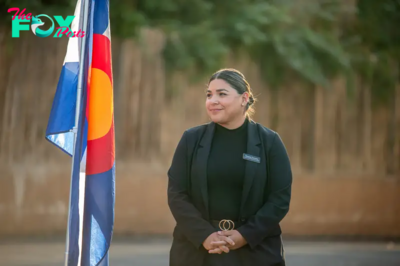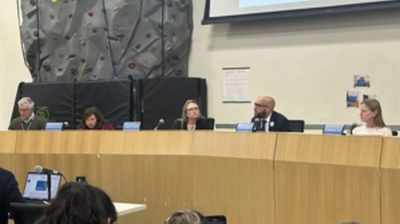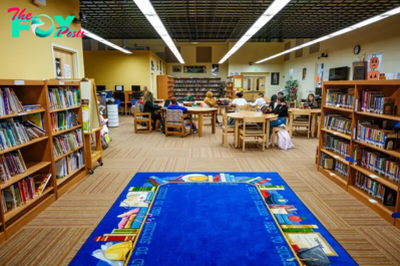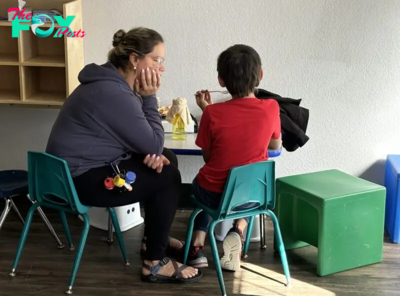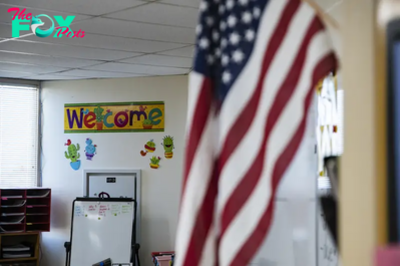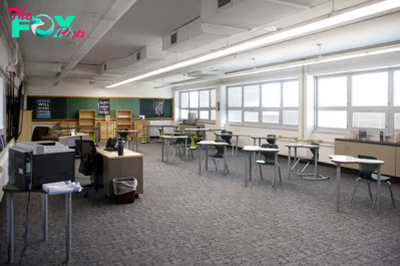Education
Struggles to place kids with disabilities in right preschools forces Colorado to change enrollment
The Colorado Department of Early Childhood has redesigned the way it places preschoolers with disabilities into classrooms that can meet their needs in response to increased scrutiny and a lawsuit filed last year by school districts and education advocacy organizations.
The change to the state’s expanded preschool program — known as universal preschool — follows school districts’ struggles to ensure students with special needs landed in preschool settings that could accommodate the kinds of extra support owed to them under state and federal law.
School districts say they experienced major hiccups in the program’s inaugural year, when the state’s student enrollment system, called BridgeCare, failed to match all students with disabilities with programs that could give them the targeted instruction and additional help they required.
That made districts vulnerable to violating state and federal rules that guarantee special Education services to children with disabilities, district administrators said, and was one of the major reasons they brought state Education officials and Gov. Jared Polis to court. Their lawsuit, however, was dismissed earlier this month after a Denver district court judge ruled the plaintiffs did not have legal grounds to sue, Chalkbeat Colorado first reported.
But their concerns have stayed with the Department of Early Childhood, which revised the way it pairs kids with disabilities and preschool programs so that the enrollment process is “as seamless as possible for both families and districts,” Universal Preschool Director Dawn Odean told The Colorado Sun.
The new preschool program offers up to 15 hours of free preschool per week for kids in the year before they enter kindergarten and additional subsidized hours for students with disabilities who come from low-income households.
In the first year of the program, all families enrolled in universal preschool the same way, through BridgeCare. A family with a student with a disability would apply in the system and note that their child had an individualized education program plan, or IEP, which outlines the services, resources and specialized instruction their student needs.
Oftentimes, families and school districts had already decided which preschool program was best for their student. But the application process prompted them to select a preschool location, which “created some unknowns and was disruptive,” Odean said.
The department’s inability to directly match preschoolers with IEPs to appropriate programs was a symptom of a new enrollment system that was created within “a very compressed timeline,” Odean said.
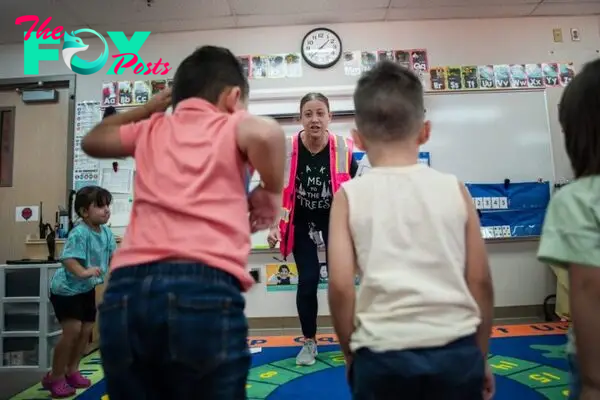
That enrollment program also wasn’t accessible to school districts and providers to jump in and manually change where a student was placed for preschool, which became a point of frustration for districts and providers.
Odean said the Department of Early Childhood limited how much control it granted districts and providers in BridgeCare because of uncertainty about “what could occur if they had access to different parts of the system and what the ripple effects might be.”
“It’s part of, I think, the growing pains of a new program and our unknown enrollment processes starting from scratch and then also building a new system at the same time and being thoughtful about what is actually doable,” she said.
Now, the Department of Early Childhood has developed a separate enrollment process for preschoolers with disabilities in BridgeCare so that a student is directly assigned to a program that aligns with their IEP. When a family of a student with special needs fills out the application, they indicate that their child has an IEP. The application is then transferred to the district that advised the family on the IEP so the district can verify the placement.
So far, 3,188 students with an IEP are set to participate in universal preschool this school year, according to figures provided by the Department of Early Childhood.
☀️ READ MORE
8 stats about Colorado Olympians to wow your friends when Games start next week
Did the Supreme Court’s Chevron decision automatically throw out EPA rules?
Meet Crush, the rare orange lobster diverted from Pueblo dinner plate to Denver’s aquarium
The new process is “a step in the right direction,” but has not solved every problem, said Mat Aubuchon, executive director of learning services at Westminster Public Schools.
His district has received a spreadsheet from the state department outlining kids with IEPs who need to be placed at specific preschool sites, according to information from BridgeCare. District staff are now working to verify each student on that list with their own class rosters.
Questions have emerged throughout that process, particularly around families who have left the district and are enrolling their student in a different preschool program. That leaves Aubuchon’s team wondering where students of those families are.
Districts encountered that kind of challenge even before the state introduced universal preschool, Aubuchon said, but now they have another state agency they must communicate with, which adds to their work.
Will the new enrollment process put all kids with IEPs in the right classrooms? It’s a waiting game.
In 27J Schools in Brighton, preschool staff have found more ease in connecting students with IEPs with the proper programs.
-

 Education18h ago
Education18h agoFederal judge rules that Louisiana shalt not require public schools to post the Ten Commandments
-
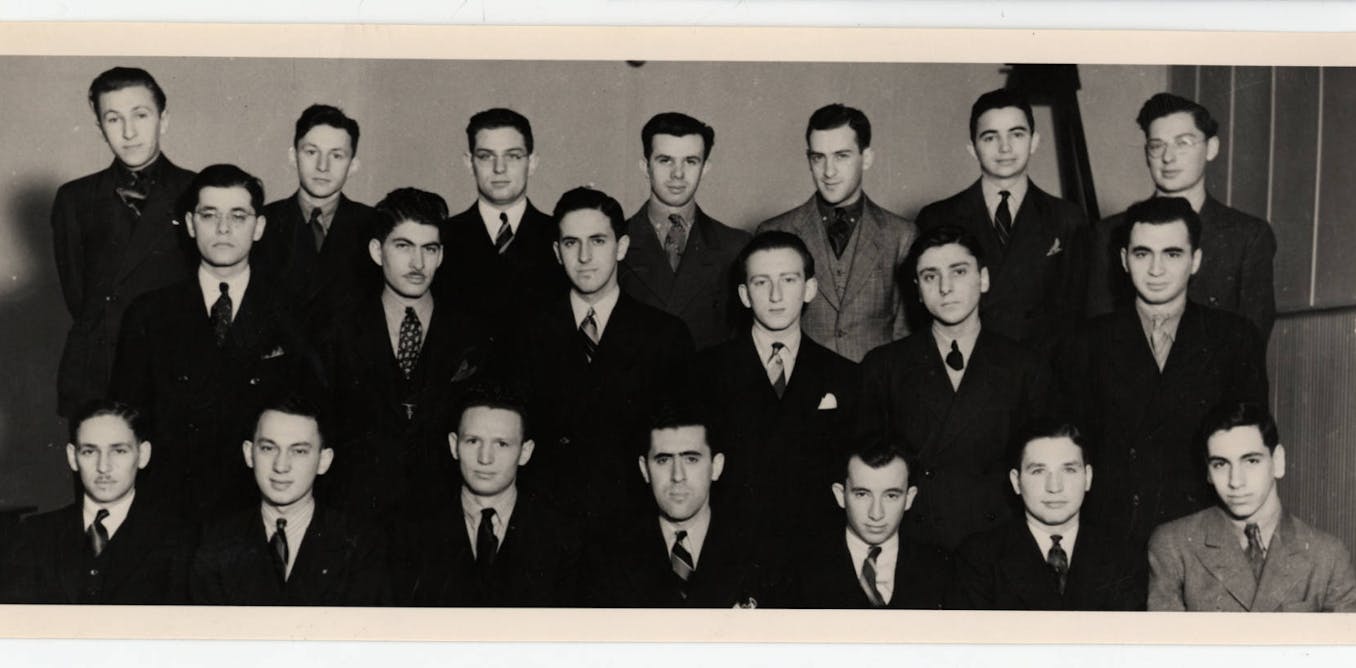
 Education18h ago
Education18h agoCampuses are ground zero in debates about antisemitism − but that’s been true for 100 years
-

 Education1d ago
Education1d agoSocioeconomic status explains most of the racial and ethnic achievement gaps in elementary school
-

 Education1d ago
Education1d agoMothers, metaphors and dyslexia: What language reveals about the challenges of a child’s learning disability
-

 Education1d ago
Education1d agoBrain-training games remain unproven, but research shows what sorts of activities do benefit cognitive functioning
-
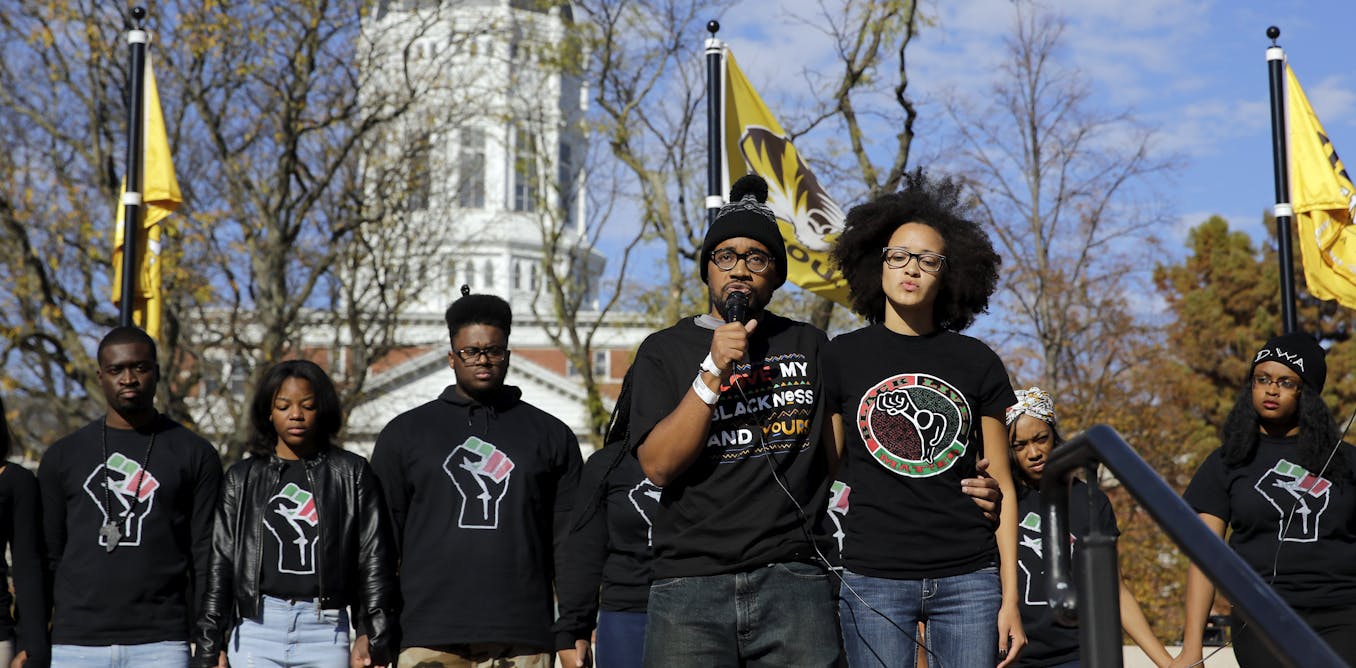
 Education2d ago
Education2d agoRacism is such a touchy topic that many US educators avoid it – we are college professors who tackled that challenge head on
-

 Education2d ago
Education2d agoHere’s what happens when a school is located near a cannabis dispensary
-
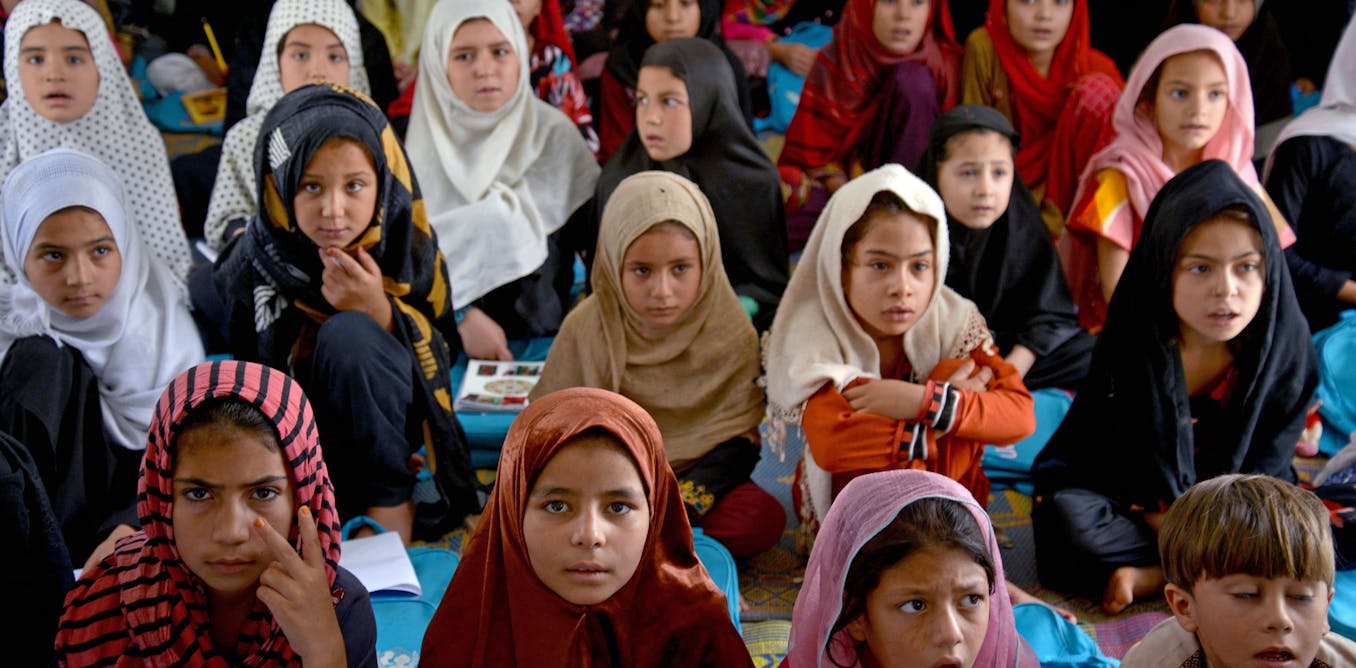
 Education4d ago
Education4d agoHow the Taliban are seeking to reshape Afghanistan’s schools to push their ideology
